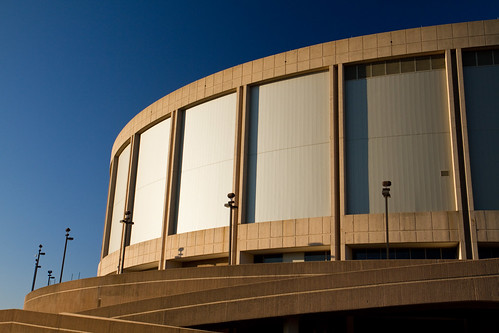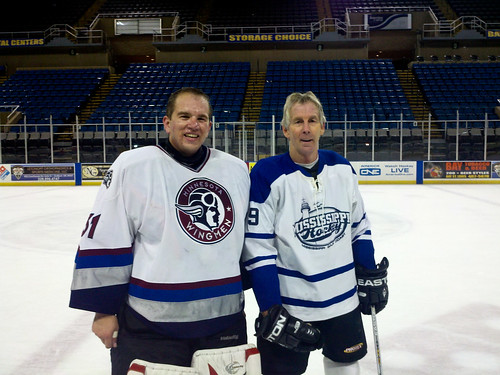Gulf Coast
When you think of the Gulf Coast near New Orleans, Louisiana and Biloxi, Mississippi, what do you picture? For me, it was utter devastation.
URGENT — WEATHER MESSAGE
NATIONAL WEATHER SERVICE NEW ORLEANS LA
1011 AM CDT SUN AUG 28, 2005…DEVASTATING DAMAGE EXPECTED…
.HURRICANE KATRINA…A MOST POWERFUL HURRICANE WITH UNPRECEDENTED
STRENGTH…RIVALING THE INTENSITY OF HURRICANE CAMILLE OF 1969.MOST OF THE AREA WILL BE UNINHABITABLE FOR WEEKS…PERHAPS LONGER. AT
LEAST ONE HALF OF WELL CONSTRUCTED HOMES WILL HAVE ROOF AND WALL
FAILURE. ALL GABLED ROOFS WILL FAIL…LEAVING THOSE HOMES SEVERELY
DAMAGED OR DESTROYED.[…]
POWER OUTAGES WILL LAST FOR WEEKS…AS MOST POWER POLES WILL BE DOWN
AND TRANSFORMERS DESTROYED. WATER SHORTAGES WILL MAKE HUMAN SUFFERING
INCREDIBLE BY MODERN STANDARDS.[…]
(part of the remarkably prescient warning about Katrina issued by the NWS before the storm struck the coast)
I felt compelled to drive through those areas hit hardest by the storm. Yes, there were reminders of the destruction. In the Lower Ninth Ward, I found empty lots with weeds growing high, old abandoned houses still blazed with the SAR x-code, and roads so rough that I was glad Sam had a high ground clearance. Biloxi, too, showed shadows of the storm in the form of stately live oaks standing sentinel over empty lots, driveways to nowhere, and numerous concrete slabs.
Happily, signs of life were plentiful. Old buildings were being actively demolished in the Lower Ninth, and new homes were being constructed in their place. Biloxi was further ahead, with many shiny new buildings standing proudly along the coast, as if to defy Mother Nature.
You know how most Waffle Houses around the South look kind of shabby, old, and cheap? Not so in Biloxi. There, Waffle House restaurants look clean, new, and sturdy. They have facades of brick instead of sheet metal.
Hockey, too, endured hardship along the coast. The only ice arena in the area, the Gulf Coast Coliseum between Gulfport and Biloxi, was inundated with 12 ft. of seawater when the storm struck. Skates, Zambonis, seats, the refrigeration system — all destroyed. What had once been a thriving example of hockey in a non-traditional area — there were youth leagues, adult leagues, and an ECHL pro team — was wiped off the face of the hockey map.
For two years, there was no ice, but the local hockey enthusiasts did not give up. They rebuilt, and in 2007, the Earth’s greatest game made its return to southern Mississippi.
There were some changes, it’s true. The two-year absence and the much smaller post-storm population caused attendance at the pro games to dwindle to a point where they were no longer viable. Did the locals give up? No. Instead, they got a different pro team (the “Surge“) in a league with a lower cost structure (the SPHL).
Adult and youth interest, too, had waned without the ice. Did the locals give up? No. They redeveloped an active youth program, with at least a few of the local kids being good enough to play junior hockey. Adults, too, continued to play, and that’s how I met Roy.
Roy left a couple of comments on my blog, and emailed me, too, asking if I wanted to play hockey in Biloxi when I came to Mississippi. I admired his persistence, and there weren’t many other options for hockey in Mississippi, so I happily accepted his offer.
That’s how I found myself on the ice at the Coliseum playing with a bunch of other hockey enthusiasts. Many were from the North, but so too were there players from the South. It was a fun game, and a few of the guys had some real skill.
Yes, the changing rooms left something to be desired (there weren’t any), and the short benches left the skaters a bit more winded than they would have liked (good for us goalies), but it was great fun regardless. I was playing hockey in southern Mississippi. Who would have expected that to be possible?




Recent Comments